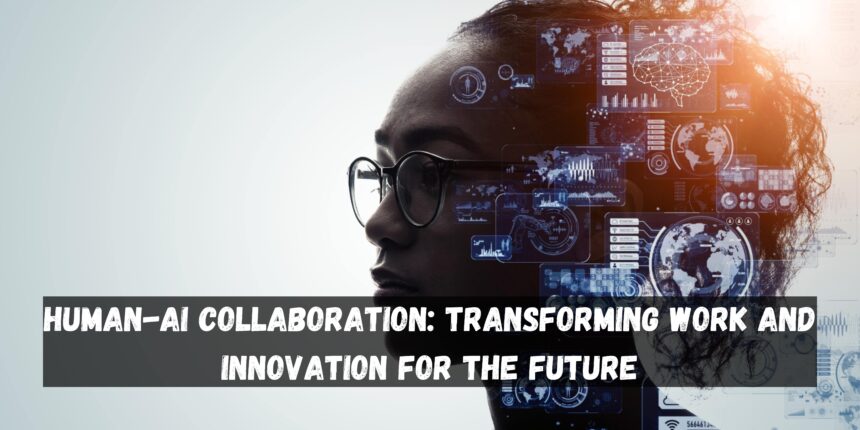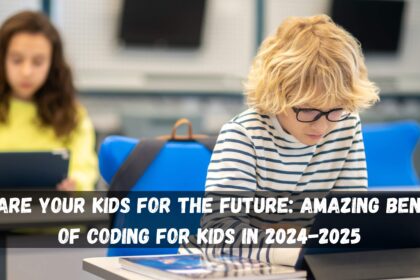As AI is steadily changing different sectors over the world, human and AI cooperation has become the most important issue. But what Future of Human-AI Collaboration Benefits? This article explores the effect of AI on employment, ethics, and productivity, bringing the theoretical and the practical together for a better understanding of this trend.
Why Human-AI Collaboration is Key to the Future
The interaction between humans and AI results in sophisticated decision-making, higher productivity, and creative solutions. AI not only takes jobs but also enables people and teams to accomplish more than they could. This is the way in which this partnership is going to influence the future.
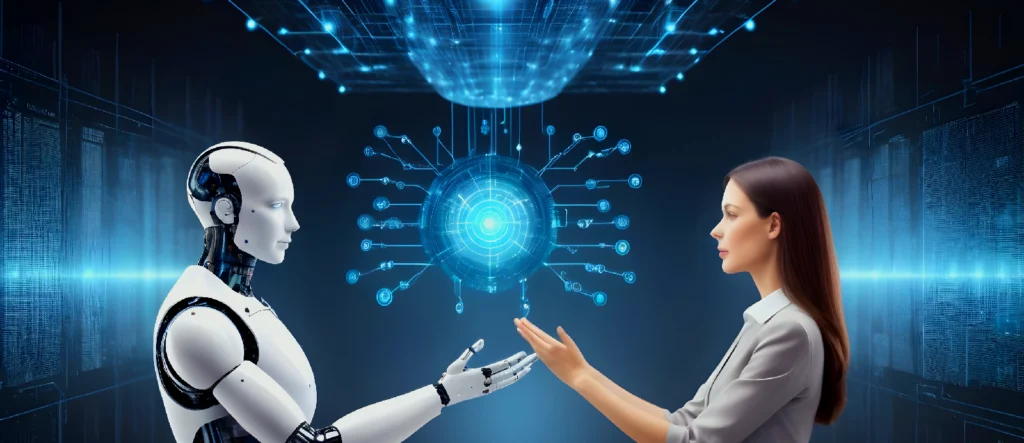
Top Benefits of Human-AI Collaboration in the Workplace
1. Better Decision-Making and Predictive Insights
AI is able to analyze and capture huge data sets in an extremely quick form by identifying sequences, predicting the future, and offering suggestions based on the information. Case in point, artificial intelligence-backed diagnostic tools in the healthcare domain do help doctors in making accurate diagnoses faster, and thus more efficiently. Hence, the results are better for patients. Human-AI decision-making, AI in healthcare is the keywords.
2. Enhanced Productivity and Efficiency
AI is able to execute repetitive tasks which in turn enable human workers to exercise their imagination and strategic thinking.
Customer service is another example where chatbot technology handles easy inquiries promptly allowing the employees to deal with more complex issues. Keyword integration: AI and productivity, AI in customer service.
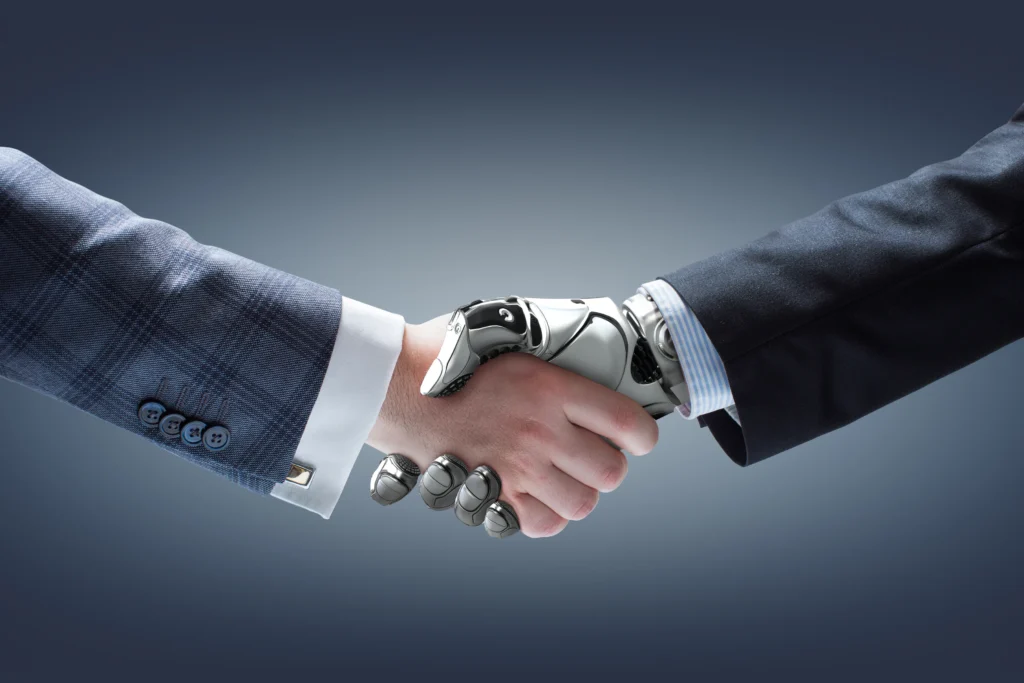
3. Personalized Customer Experiences
It is AI that utilizes analytics to make the interaction and even the customer product recommendations the most personalized ones. For instance, Netflix uses AI algorithms that create a content schedule according to every user. This collaboration gives a personalized experience to the customers and as a result, they are engaged for a longer time.
Read more about Pro Tips For Mobile Photography in 2024: 5 Best Photo Editing Apps for iPhone and Android
Real-World Applications of Human-AI Collaboration
Healthcare: AI becomes the doctor doing scans that show out the early signs of the disease and collaborates with them for the precise result.
Finance: Financial Institutions use AI to identify and prevent fraud, analyze credit risks, and draw analysts’ attention to data-driven decisions.
Retail: A retailer tends to use AI insights to engage in personalized shopping suggestions as well as predictive inventory management.
Challenges in the Human-AI Collaboration Landscape
1. Data Privacy and Security
AI takes the info from the user’s data to determine what is the best option, of course, it leads to the issues of privacy and security. Companies should put strategies to the development of data protection to maintain the security of the user’s information.
2. Ethical and Bias Concerns
AI sometimes shows the bias that was in the training data. Furthermore, businesses are now pro-ethical AI training and transparency measures such as accountability and diversity to ensure fairness and inclusivity.
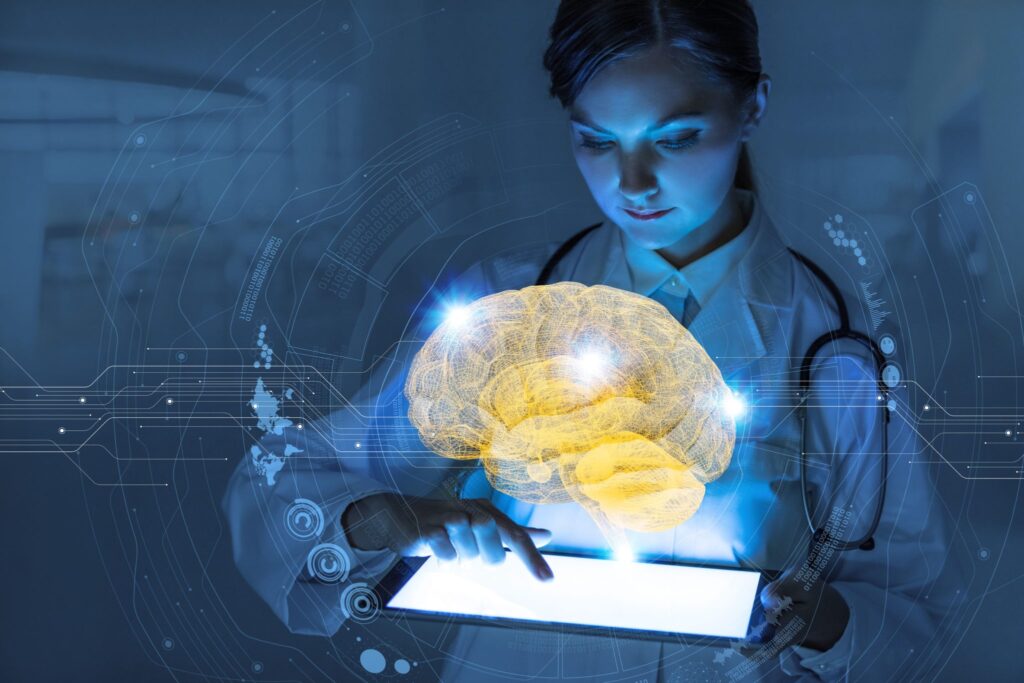
3. Skill Gaps in the Workforce
AI tools , of course, can now lighten up an employee’s work, but many jobs still require human training to work efficiently. Moreover, as AI adoption AI literacy programs that are upskilling employees will be crucial.
Future Innovations in Human-AI Collaboration
1. AI-Augmented Intelligence for Enhanced Problem-Solving
AI-supported intelligence amplifies human intelligence by providing analytics and real-time data backing up the problem to be solved. Nevertheless, financial analysts can actually use AI tools to develop market trends and test scenarios for better investment strategies.
2. Human-Centered AI Design for Transparent Decisions
The human-centered AI design prioritizes transparency in systems. Artificial intelligence tools say “I can do that” to demonstrate thinking before providing a solution, which in turn, enables users to trust the machine. Such transparency is a boon for users in areas like finance and law.
Practical Steps to Prepare for AI Integration
- Invest in AI Training Programs: Encourage employees to learn essential AI skills.
- Focus on Ethical AI: Develop frameworks to prevent bias and prioritize data privacy.
- Encourage a Collaborative Culture: Promote AI as a partner, not a replacement, to foster a positive work environment.
The Path Forward in Human-AI Collaboration
The future of human-AI collaboration promises significant advancements, provided we address the ethical, security, and training challenges involved. With AI’s role in decision-making and automation growing rapidly, it’s crucial to view this technology as a tool that complements, rather than replaces, human intelligence.
By preparing for this collaboration today, individuals and businesses can better position themselves for a future where AI acts as an invaluable partner, unlocking potential across every industry.
